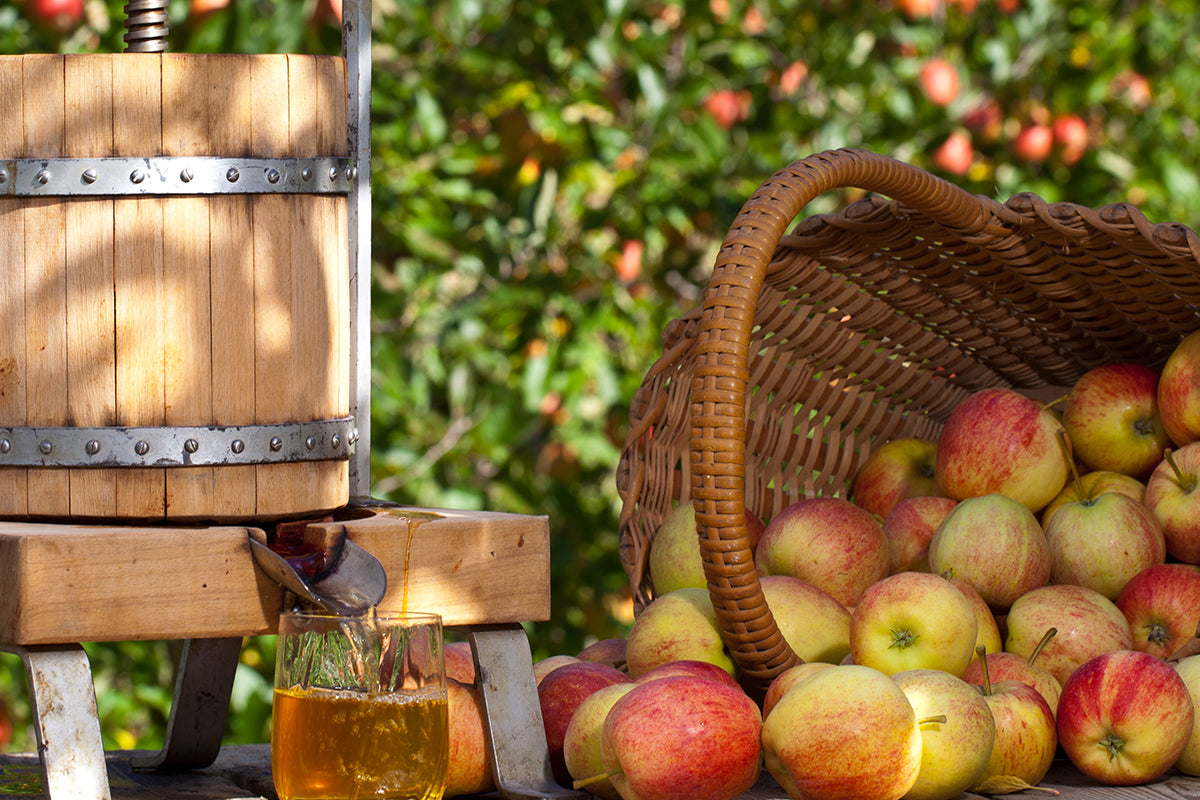Technology in the garden - apple press

There is nothing more delicious than freshly-pressed apple juice. You may be lucky enough to have a friend with a press or a shared community one – these can also sometimes be hired and are becoming a popular way of getting friends and neighbours together. But if you have a bountiful harvest every year, it’s worth considering buying your own press.
After preparing your fruit - remember to wash, chop and remove brown bits from windfalls – they need to be crushed or pulped. This can be done by bashing them manually or with a scratter that sits on top of the press. The crushed apples then go into a straining bag and into the press.
When it comes to the size of press, aim for one with at least a six-litre tub. These are lighter and some can be used on a table top – more comfortable than bending down - and they don’t take up too much storage space. Heavier crops might merit a larger tub – anything from 12 to 30 litres plus, which would suit a community orchard. Larger presses have the advantage of being able to make batches, making them time efficient and reducing the number of times you need to empty the tub.
There are various different styles and sizes of press available, but screw presses are the simplest. These can be made of metal such as aluminium or stainless steel but a wooden cage is a classic design. The barrel made of oak or beech is held together by enamelled steel or cast-iron hoops. The metal press mechanisms are made of cast iron or hardened machined steel for strength and durability. The turning mechanisms vary from a cross beam design to a turning hand wheel which can be easier to turn – so consider what will be easiest for you to turn as it’s hard work!







